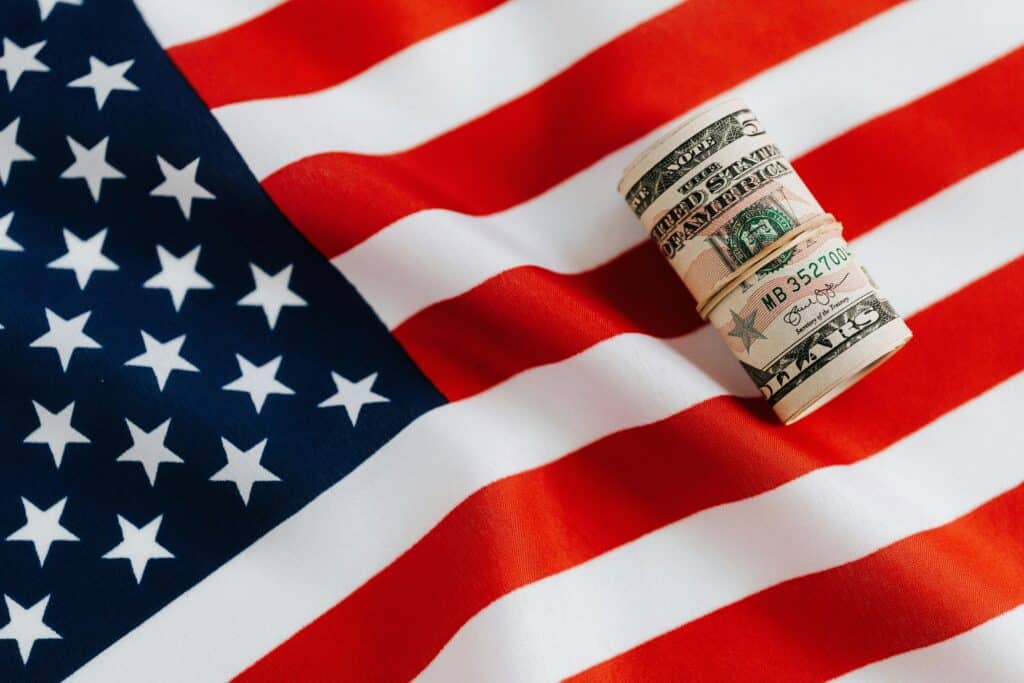Updated 11/12/24
What You Should Really Know About Public Service Loan Forgiveness (PSLF)
Are you a teacher, government employee or not-for-profit employee that is relying on the Public Service Loan Forgiveness Program (PSLF) to pay off student loan debt?
If that’s you then you are just one of millions of other student loan borrowers that are hoping this program will pay off their student debt. PSLF is a complicated program that sounds more appealing than what it actually has promised to do.
In this post I will go over why it’s so appealing, why it’s not working for borrowers and what you can do instead.
What is the Public Service Loan Forgiveness Program?
The Public Service Loan Forgiveness (PSLF) program is a government program that was created to incentivize individuals to work in public service by offering student loan forgiveness after a certain number of payments.
Why Public Service Loan Forgiveness is Appealing to Borrowers
At first glance Public Service Loan Forgiveness sounds very appealing when borrowers are trying to figure out repayment options. Here are the highlights to PSLF.
Loan Forgiveness
The biggest highlight of the PSLF program is that it offers loan forgiveness. After making 120 qualifying payments while working in public service, borrowers can have the remaining balance of their Direct Loans forgiven. This simply means that they are no longer obligated to pay the amount of debt that is forgiven.
But that comes with some costs, as I will explain below.

Lower Monthly Payments
The PSLF program is tied to income-driven repayment plans, which can result in lower monthly payments.
This is appealing to borrowers because, well, who wouldn’t want lower payments each month?
According to the Education Data Initiate, the average monthly payment for student loans is $500 as of July 2024. That’s about $100 more since 2023.
With an income-driven repayment plan, payments are calculated based on income and family size. It can significantly reduce the monthly payment depending on your circumstances.
Encourages Public Service
The Public Service Loan Forgiveness program was created to incentivize individuals to work in public service. This can be a benefit for society as a whole, as it encourages qualified individuals to work in areas such as education, healthcare, and government.
No Federal Tax on Forgiven Debt
Borrowers who have their loans forgiven through the PSLF program do not have to pay federal taxes on the forgiven debt. Sometimes loan forgiveness can be considered taxable income but the IRS does not consider PSLF as taxable income.
Some states do however consider loan forgiveness as taxable income. It is always best to check with your accountant for your current state laws.

Cons to Public Service Loan Forgiveness
Despite the appeal of having lower payments and loans forgiven, there are many drawbacks to the PSLF program that ultimately lead to very low eligibility rates – also meaning a very low percentage of borrowers having any loans actually forgiven.
Long Timeframe
The eligibility requirements for the PSLF program can be complex and confusing.
Borrowers must have Direct Loans, work full-time in a public service job, and make 120 qualifying payments while working in public service.
120 qualifying payments means 10 years of monthly payments, without missing or being late on a single payment. Any late or missed payment can automatically disqualify you for forgiveness.
Stuck in the Public Sector
In addition to payment requirements, borrowers must meet employment requirements. Eligible employers include Government (local, state and federal), U.S. Military, and Not-for-Profit organizations (that are tax exempt under 501(c)(3).
This means that borrowers must commit to working in public service for a long period of time before they can receive loan forgiveness. Some borrowers feel stuck in their current job because they are just there to fulfill their student loan forgiveness qualifications. Depending on the position, this may limit opportunities for growth or to pursue other careers.
If you leave your public sector position during your repayment period, you can lose eligibility for forgiveness.
Limited Eligibility
The PSLF program has a proven track record over the years of having a very small percentage of borrowers actually receiving forgiveness on their loans.
Here are some statistics from a January 2023 report for Public Service Loan Forgiveness forms submitted between November 9, 2020 and January 31, 2023:
- 4,557,261 applications were submitted (for 2,704,482 borrowers)
- 22.5% of those forms were incomplete because of missing information
- 26.5% of those forms were still being processed as of 1/31/23
- 51% of those forms were completed and processed (2,325,240)
- Of the completed forms, 4.8% of them DID NOT meet employment requirements
- 2,212,542 (95.2%) of the forms that DID meet employment requirements, 97.6% DID NOT meet loan requirements (number of payments and loan type)
As you can see, the numbers can be very complicated.
(If you really love numbers and statistics you can look at all the reports from the Public Service Loan Forgiveness Data.)
In short, only 1.1% met the requirements for PSLF! And that doesn’t include half the forms that haven’t been processed yet!

Uncertainty About Future Funding
The PSLF program has faced funding challenges in the past, and there is no guarantee that the program will continue to be funded in the future. This can create uncertainty for borrowers who are counting on the program for loan forgiveness.
What to Do Instead of Relying on Public Student Loan Forgiveness
If you are currently enrolled in the PSLF program that is fine. Take advantage of the low minimum payments.
BUT also make a plan to pay off your student loans as quickly as possible.
Include all your student loans in your debt snowball and attack each loan one at a time. When you are making an extra payment on a PSLF loan, make sure your loan servicer is applying the extra payment to the principle and not counting it as an additional monthly payment.
When you have extra money applied to the principle it will reduce your balance quicker. If the loan servicer applies it as an additional payment they consider that paying ahead. Paying ahead will push out your monthly payment date. To you it looks like you don’t have to make a payment the following month but that will disqualify you from the forgiveness program because it isn’t counted as the 120 consecutive payments.
How much more freedom and peace of mind would you have if you weren’t stuck in a job you hated or didn’t have that monthly payment going to debt because you didn’t drag out those payments for 10 years?
Conclusion
When you enrolled in Public Student Loan Forgiveness the lower monthly payments and the possibility of having your student debt erased may have sounded nice originally. But as you probably have experienced, the likelihood of not having to pay that debt has its drawbacks and it can be years until you know for sure.
So make your payments each month (with extra added to the principle when you can). Reduce your loans on your own and consider any possibility of forgiveness as a bonus.
There are a lot of myths out there when it comes to student loans, the realities of student loan forgiveness is just one of them. To bust the other student loan myths and put yourself at the path to student loan freedom, download my guide Breaking Free: Debunking 5 Student Debt Mindset Myths.
Related Articles
Cancel Student Loans: Why This Shouldn’t Be Your Plan
Student Loan Payments That Are Costing You Money
Understanding Student Loan Interest
The Harsh Realities of Student Loan Delinquency and Default
How I Paid Off Student Loans 5 Years Early

The Truth About Public Student Loan Forgiveness (PSLF)
Hanson, Melanie. “Average Student Loan Payment” EducationData.org, July 12, 2024,
https://educationdata.org/average-student-loan-payment

